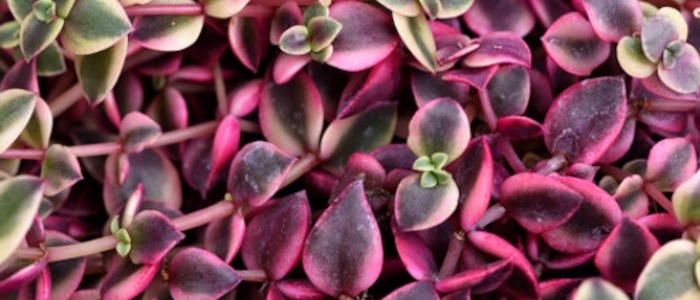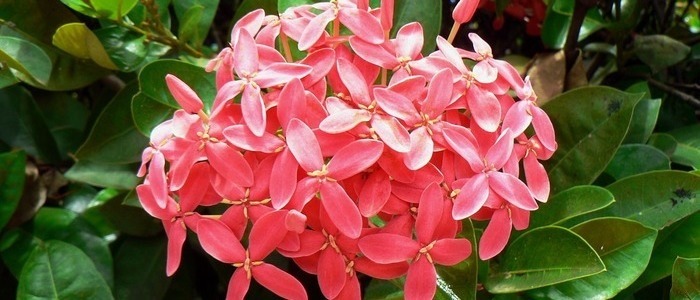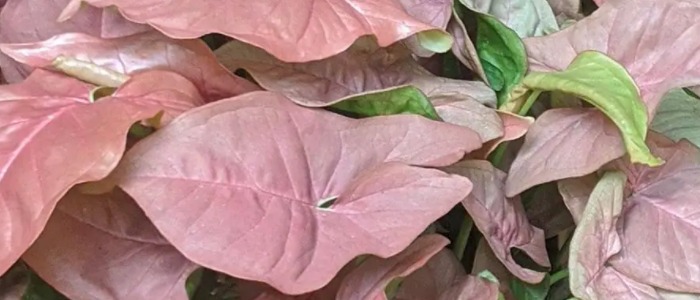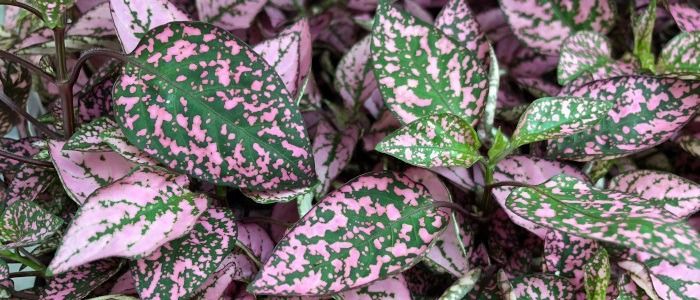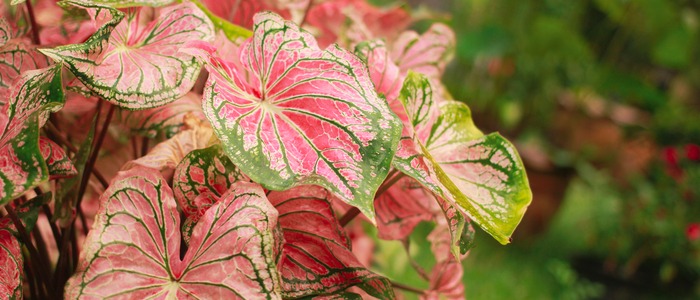If you are thinking about adding some greenery to your home space the pink Aglaonema plant would be a great addition. And there are many reasons why, it is now maintenance that requires minimal care, making it the ideal plant for busy homeowners or those new at gardening.
In addition, the Aglaonema vibrant pink leaves will add a pop of color to any space and can help brighten up your room.
And that’s not all the pink aglaonema plant is known for its air-purifying qualities, making it a great choice for those who want to improve the air quality in their home.
Overall, the pink Aglaonema plant is a versatile and attractive plant that can enhance the aesthetic appeal of your home while also providing numerous health benefits.
Whether you are looking to improve the air quality of your home, add a touch of color to your space, or simply enjoy the beauty of nature, the pink Aglaonema plant is an excellent choice for your home garden.
Pink Aglaonema Plant Frequently Asked Questions
How often should I water my Aglaonema?
Depending on the humidity and temperature of your home, you may need to water your Aglaonema once a week or every two weeks. It's always better to underwater than overwater, so be sure to monitor the soil moisture level and adjust accordingly.
What size pot should I plant my Aglaonema in?
When choosing a pot for your pink Aglaonema, it's important to consider the size of the plant and the size of the pot. The pot should be slightly larger than the root ball to allow for growth, but not too large, as this can lead to overwatering and root rot.

Pink Aglaonema Plant Care
Pink Aglaonema plants are stunning houseplants that can bring a pop of color to any room. However, they require proper care to thrive. Here are some tips on how to care for your pink Aglaonema plant:
1. Light: Pink Aglaonema plants prefer bright, indirect light. Avoid placing them in direct sunlight as it can scorch their leaves.
2. Watering: Water your pink Aglaonema plant when the top inch of the soil feels dry to the touch. Overwatering can lead to root rot, so make sure the soil is well-draining.
3. Humidity: Pink Aglaonema plants prefer high humidity levels. You can increase humidity by placing a tray of water near the plant or by using a humidifier.
4. Fertilizer: Fertilize your pink Aglaonema plant once a month during the growing season with a balanced, water-soluble fertilizer.
5. Repotting: Repot your pink Aglaonema plant every two years to refresh the soil and provide more space for growth.
With these care tips, your pink Aglaonema plant will thrive and add a beautiful touch of pink to your indoor space. Remember to water it when the top inch of soil feels dry, provide high humidity, fertilize once a month, prune as needed, and repot every two years. Enjoy the beauty and benefits of having a pink Aglaonema plant in your home or office!
How to Propagate the Pink Aglaonema Plant
Propagation of the pink Aglaonema plant can be done through stem cuttings. First, select a healthy stem with at least two to three leaves. Use a sharp, sterilized knife to make a clean cut just below a node. Remove any leaves from the bottom of the stem, leaving only one or two at the top.
The cutting can then be planted in moist potting soil or placed in water until roots form. It is important to keep the soil or water consistently moist and provide the cutting with bright, indirect light.
Once the cutting has developed a sufficient root system, it can be transplanted into a larger pot with well-draining soil. It is important to avoid overwatering the plant, as this can lead to root rot. With proper care, the plant can grow to be several feet tall and will continue to produce new leaves over time.
Overall, propagating the pink Aglaonema plant is a simple and rewarding process that allows you to enjoy this beautiful plant in multiple areas of your home or share it with friends and family. Remember to be patient and consistent with your care, and your new plant will thrive in no time!
.
How to Prune Pink Aglaonema Plant
Pruning the Pink Aglaonema plant is essential to keeping it healthy and promoting growth. The process involves removing dead, damaged, or diseased leaves and stems, as well as trimming back any overgrown areas. Before you start pruning, it’s important to have the right tools and know what you’re doing. Here are some tips to help you get started:
First, make sure you have a clean pair of pruning shears or scissors. Dirty tools can spread diseases from plant to plant. Next, identify which leaves and stems need to be pruned. Dead leaves will be brown and dry, while damaged leaves may have holes or tears. Diseased leaves may be discolored or have spots. Once you’ve identified which areas need to be pruned, make a clean cut just above a leaf node or stem joint. This will promote new growth in that area.
Common Problems with the Pink Aglaonema Plant
Like most plants, there are some common problems associated with the pink aglaonema. Overwatering is among the more troublesome issues. mainly because this can lead to root rot and the yellowing of the leaves. To avoid this problem, it’s important to let the soil dry out slightly between waterings to ensure proper drainage.
Another issue that may arise with the pink aglaonema plant is pests, such as spider mites or mealybugs. These can be treated with insecticidal soap or neem oil. Additionally, the pink aglaonema may suffer from inadequate lighting, which can cause stunted growth and pale leaves. To prevent this, It’s best to place the plant in bright, indirect sunlight and rotate it occasionally to ensure even growth.
It is also very important to keep the temperature and humidity levels in mind when caring for this plant. The Pink Aglaonema prefers temperatures between 60-75°F and a humidity level of 50% or higher. If the air in your home is dry, you can use a humidifier or place a tray of water near the plant to increase humidity.
In addition, regular fertilization can help keep the pink aglaonema healthy and thriving. A balanced, water-soluble fertilizer can be applied once a month during the growing season (spring and summer) and every other month during the dormant season (fall and winter). With proper care, the pink aglaonema can be a beautiful and low-maintenance addition to any indoor space..
Conclusion
In conclusion, taking care of the pink aglaonema plant requires regular watering, adequate sunlight, and occasional fertilization. However, It is important to avoid overwatering and ensure proper drainage to prevent root rot. With proper care, the pink aglaonema can thrive and add a beautiful touch of color to your indoor space..
Other Pink House Plants
